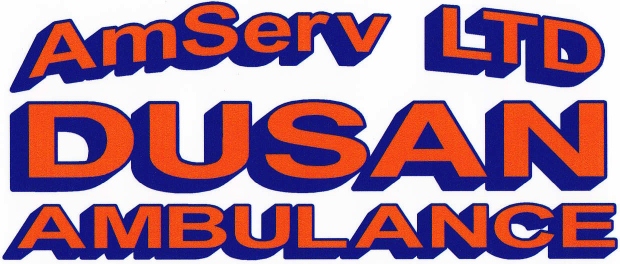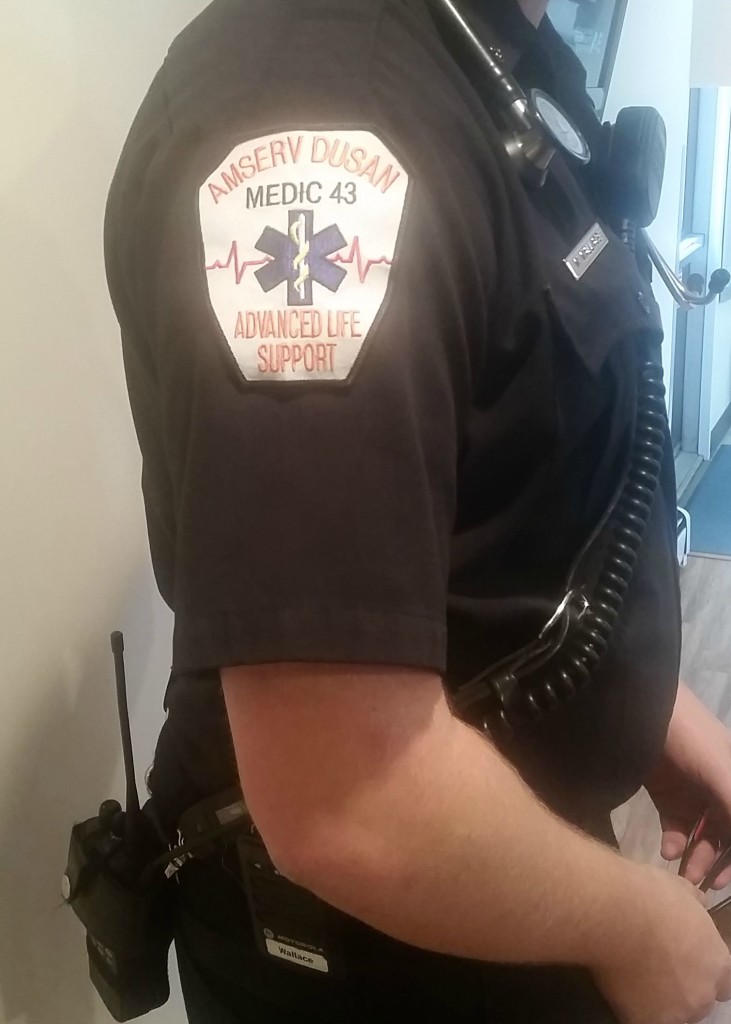EMTs & Paramedics
Emergency Medical Technician (EMT)
An EMT must demonstrate competency in handling emergencies utilizing basic life support equipment in accordance with the objectives in the U.S. Department of Transportation National Standard Curriculum.
An EMT will have the ability to:
- Verbally communicate in person,via telephone, and telecommunications.
- Hear spoken information from co-workers, patients, physicians, and dispatchers and sounds common to the emergency scene.
- Lift, carry, and balance a minimum of 125 pounds equally distributed (250 pounds with assistance), a height of 33 inches, a distance of 10 feet.
- Read and comprehend written materials under stressful conditions.
- Verbally interview patient, family members, and bystanders and hear their responses.
- Document physically in writing all relevant information in prescribed format.
- Demonstrate manual dexterity and fine motor skills with ability to perform all tasks related to quality and patient care.
- Bend, stoop, crawl, and walk on uneven surfaces
- Meet minimum vision requirements to operate a motor vehicle within the state.
- Function in varied environmental conditions such as lighted or darkened work areas, extreme heat, cold and moisture.
An EMT must complete 150 to 200 hours of training.
As an EMT, many tasks will be performed on a regular basis. An EMT may work alone, or they may work as a part of a team. Upon arrival at the scene, an EMT will insure that the vehicle is parked in a safe location. They will then perform a size-up to determine scene safety including the presence of hazardous materials, mechanism of injury or illness, determine total number of patients, and will perform triage if necessary. Emergency Medical Technicians are able to assist in childbirth, manage respiratory, cardiac, diabetic, allergic, behavioral, and environmental emergencies and suspected poisonings. Interventions may be performed and patients will be assisted with prescribed medications. When extraction is required, an EMT assesses the extent of entrapment and provides all possible emergency care and protection for the patient. Recognized techniques and equipment are always utilized for removing patients safely. The most appropriate family members for patient transport will be determined by an EMT. These professionals will perform in situations that create stress and tension on a regular basis. When necessary, an EMT will comply with regulations for handling a crime scene or a prehospital death by notifying the appropriate authorities and arranging for the protection of property and evidence at the scene. It is required to dispose of contaminated supplies in accordance with established guidelines, along with decontaminating the vehicle interior and sending used supplies for sterilization. An EMT will maintain the ambulance and keep it clean, restock equipment and supplies, and determine the readiness of the vehicle by checking the oil, gas, tire pressure, and water in battery and radiator. All medical equipment will also be checked for future readiness. Continued education and refresher training programs are required and will be utilized frequently.
Paramedic
A Paramedic is a specially trained medical technician licensed to provide a wide range of emergency services (as defibrillation and the intravenous administration of drugs) before or during transportation to a hospital. The majority of paramedics work in land ambulances, but they may also work on an air ambulance such as a helicopter or an airplane. Paramedics give immediate response to emergency situations and are the first healthcare providers at the scene. A paramedic is typically accompanied by an emergency medical technician (EMT) and they collaborate with the police and fireman at the emergency scene. As soon as a paramedic arrives at the scene, they must assess the situation and the patient. This includes a head-to-toe survey and the ABC of emergency medicine (airway, breathing, and circulation). After an initial assessment is completed, the paramedic will transport the patient to the hospital in an ambulance.
Some duties of a paramedic include:
- Help to resuscitate patients in an emergency before hospital admission
- Provide medical assistance during emergency situations, such as CPR, AED, prevent shock, control severe bleeding, prevent spinal damage, etc.
- Administer intravenous medications, drips, and oxygen (only EMT-P)
- Perform endotracheal intubations (only EMT-P)
- Evaluate a patient’s condition to determine the right course of treatment
- Monitor patient’s condition and keep it stable while en route to the hospital
- Aid in the transfer of patients to the emergency units of hospitals
- Help to calm down the family members of the victim and the public on scene
- Create a patient care report and take notes of the medical treatment given to the patient
- Keep the equipment clean after use; check and replace damaged and used supplies
- Decontaminate the interior of the ambulance if used to transport a patient suffering from a contagious disease
A Paramedic Must Complete 1,000 – 1,200 Hours of Training
Formal training is provided to qualified applicants by community colleges, technical institutes, and facilities that specialize in providing training for emergency care. The highest level of training (EMT-P) requires a classroom education of 1000 hours or more and gives successful graduates the designation of Paramedic. EMT-Paramedics provide the most extensive care. EMT-P is the only certification that allows the individual to administer drugs intravenously, utilize electrocardiograms (EKGs), and perform endotracheal intubations. This program typically takes from 1 to 2 years and results in an Associate’s degree. Extensive clinical and field experience is also required.

